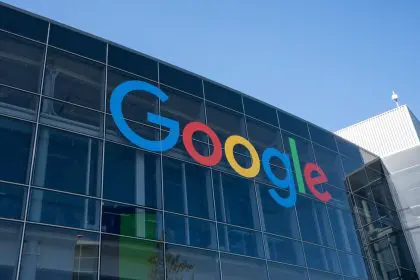Social media has become an integral part of our daily lives, connecting people across the globe in unprecedented ways. But with the vast amount of personal information shared on these platforms, an unsettling trend has emerged: stalker culture. The instant access to people’s whereabouts, daily routines and personal interactions has created an environment where unhealthy behavior can thrive. Understanding how social media contributes to this troubling phenomenon is crucial in navigating today’s digital landscape.
In this article, we will explore five key reasons social media fosters stalker culture and why it’s essential to remain vigilant while interacting online.
Easy access to personal information
One of the most significant ways social media contributes to stalker culture is through the easy availability of personal information. From posting photos of where we’ve been to sharing updates about our location, social media platforms make it effortless for people to track others’ movements. Stalkers no longer need to follow someone physically; instead, they can monitor their target’s activity from the comfort of their own home. This level of access encourages individuals with malicious intent to intrude into other people’s lives without being detected.
Moreover, many users are unaware of the potential risks posed by oversharing online. Public profiles, tagging locations and engaging in live updates can all lead to unintentional exposure, which stalkers can exploit. The information that people often deem harmless, such as tagging a restaurant or sharing vacation photos, can become breadcrumbs leading a stalker closer to their victim.
False sense of anonymity
Social media platforms provide a veil of anonymity that can embolden stalker-like behavior. Users can create fake accounts, change their identities or hide behind vague profiles, allowing them to interact with and observe their target without consequence. This anonymity gives stalkers the ability to harass or follow someone digitally without fear of immediate detection.
The false sense of security that social media offers can make individuals more daring, encouraging them to engage in obsessive monitoring or harassing behavior. What might have started as casual browsing can quickly escalate into a fixation, where the stalker feels they can act without accountability. This makes it incredibly challenging for victims to identify who is watching or interacting with them inappropriately.
Encourages obsessive behaviors
Social media’s very design encourages compulsive behavior, which can easily spiral into obsession. Features like “Stories,” “likes” and “comments” create constant engagement, pushing users to check their platforms frequently. For individuals prone to obsessive behavior, social media provides an endless stream of updates about their target’s life.
Seeing photos, videos and status updates can fuel a stalker’s unhealthy fascination. The instant gratification of seeing someone’s new post or update can feed into their obsession, making them more invested in the person they are following. This persistent exposure can deepen the fixation, leading the individual to invest more time and energy in their pursuit, eventually crossing the line into stalking behavior.
Enables digital surveillance tools
Social media has also given rise to third-party apps and tools that make it easier to track people’s activities online. Some of these tools allow users to see when others are active, view archived posts or monitor the number of likes and comments someone receives. While these features are intended to enhance user experience, they can easily be manipulated by stalkers to keep constant tabs on their targets.
For example, certain apps allow users to track someone’s location through geotagged posts or stories, and others even provide notifications when a specific person posts something new. These tools facilitate stalking by giving individuals a way to monitor their target’s digital footprint in real-time. In some extreme cases, stalkers can use such tools to predict their victim’s next move, creating a dangerously invasive dynamic.
Normalizes voyeurism and unhealthy scrutiny
One of the most troubling aspects of social media is how it normalizes voyeurism. Platforms like Instagram, Facebook and TikTok encourage users to watch and consume content about other people’s lives, often with little regard for boundaries. This normalization can blur the lines between harmless curiosity and invasive scrutiny.
In some cases, what starts as innocent interest in someone’s life can quickly turn into obsessive monitoring. Social media algorithms, designed to suggest content based on user behavior, can unintentionally push individuals further down the path of fixation. By constantly feeding them updates or posts from the person they are interested in, platforms can fuel unhealthy attachments that verge on stalking.
Moreover, influencers and celebrities often share highly curated details of their lives, further contributing to the culture of voyeurism. This constant exposure to other people’s personal experiences encourages followers to feel entitled to know every detail, creating an environment where stalking feels normalized, especially when this behavior is widespread and unchecked.
Vigilance in a hyper-connected world
While social media has undoubtedly transformed how we connect and communicate, it has also opened the door to new risks, including the rise of stalker culture. From easy access to personal information to the normalization of voyeurism, the digital world has created a space where unhealthy behaviors can easily flourish.
Understanding the impact of these platforms on our privacy and mental well-being is crucial in combating this growing issue. By being more mindful of the information we share and taking steps to protect our privacy, we can begin to mitigate the risks posed by social media’s darker side.
In today’s hyper-connected world, vigilance is key. While social media offers countless benefits, it’s essential to recognize its potential dangers, especially when it comes to personal safety and security.
This story was created using AI technology.

















